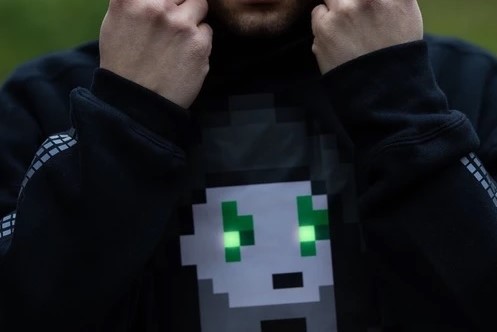Polish inventors have created the cheapest and thinnest electronic band with an OLED screen. The result of Marcin Ratajczak and Patryk Barkowski’s work is currently the biggest innovation in light printing technology. The ultra-thin, low-cost screens will find applications in many sectors of everyday life, medicine and space exploration.
Science populariser Dr Maciej Kawecki describes the technology created by the Poles as a revolution. “The Poles have developed the world’s first printed light technology. Their screens which are as thin as a sheet of paper and 93 % cheaper than screens produced by the competition”, said Dr Kawecki.
The technology developed by the inventors is called Inuru. It uses OLEDs, Organic Light Emitting Diodes, which are light emitting diodes (LEDs) made from organic compounds.
OLED display technology is difficult to introduce on a mass scale. The light sources used in it are derived from organic compounds that degrade rapidly. The compounds in OLEDs typically provide light from a few seconds to a few minutes. By creating further products based on its own solutions, Inuru is optimising the creation of OLEDs and improving their lifetime.
Inuru’s screens can be printed on clothing and packaging, and in the future perhaps also on skin. They could in future remind people to take their medication and inform them of their blood sugar levels. They could also replace the screens previously used in space capsules.
In this way, the developers explain that OLED screens will prevent up to 30,000 deaths and the multi-billion dollar costs associated with the inappropriate use of medicines. Furthermore, by indicating expiry dates on products, the bands will contribute to solving the problem of food waste.
The technology will be officially presented on 11 September in Krakow during the Megabit Bomb Festival.
Arkadiusz Słomczyński





